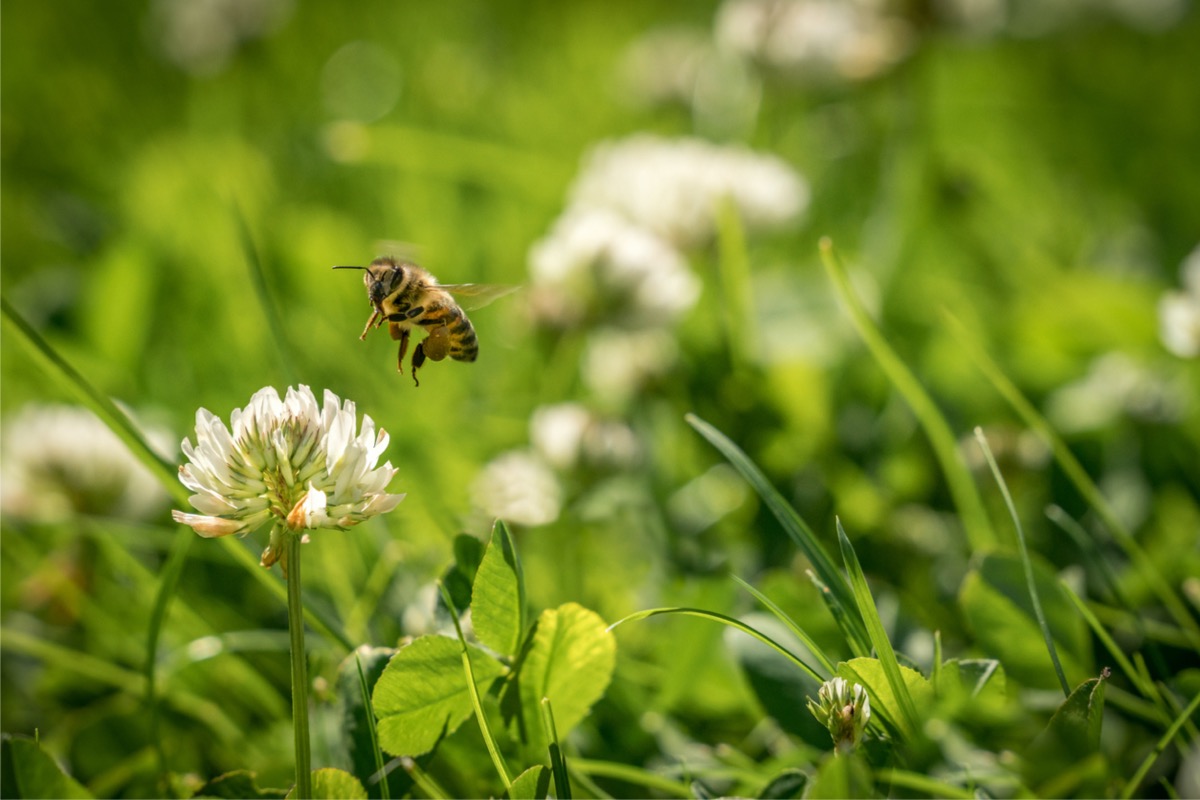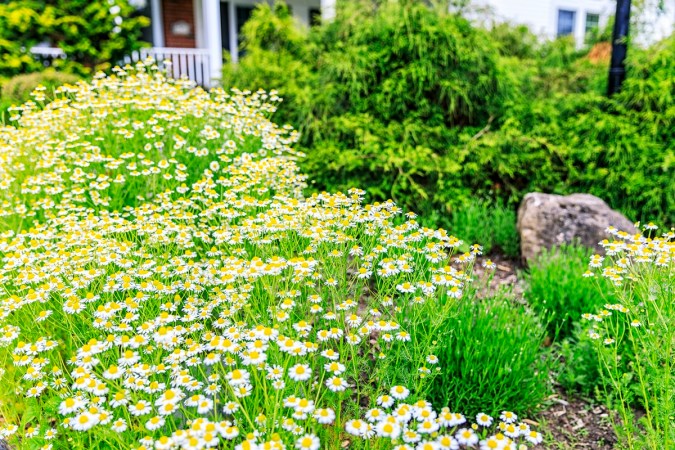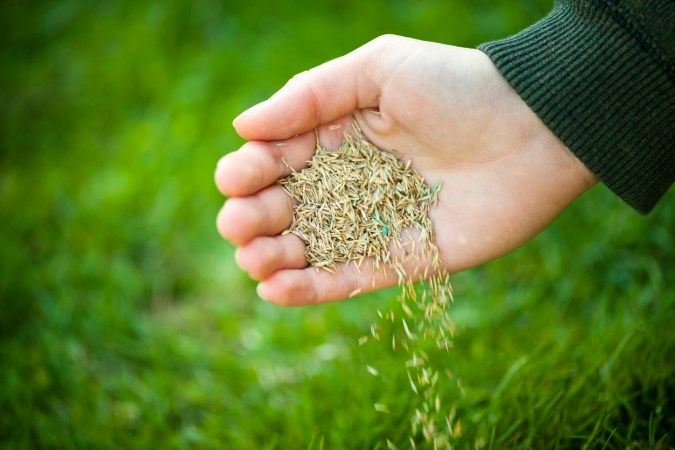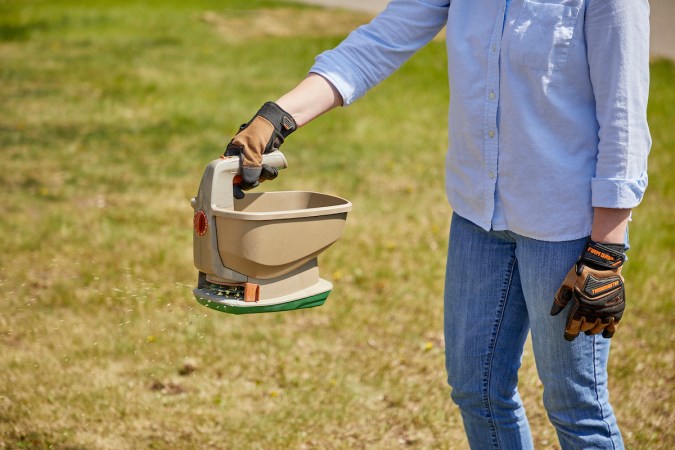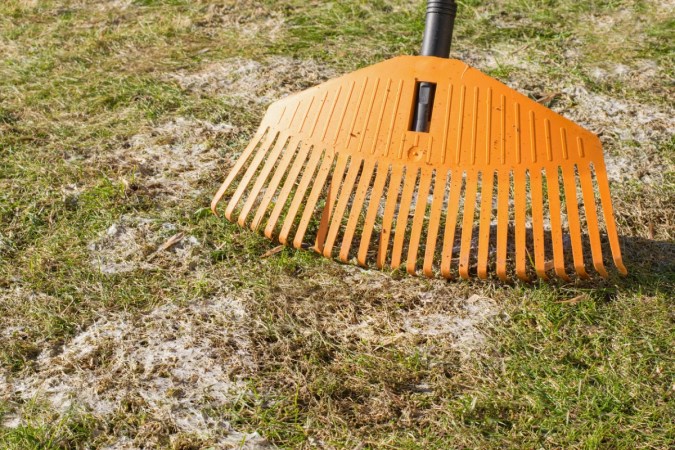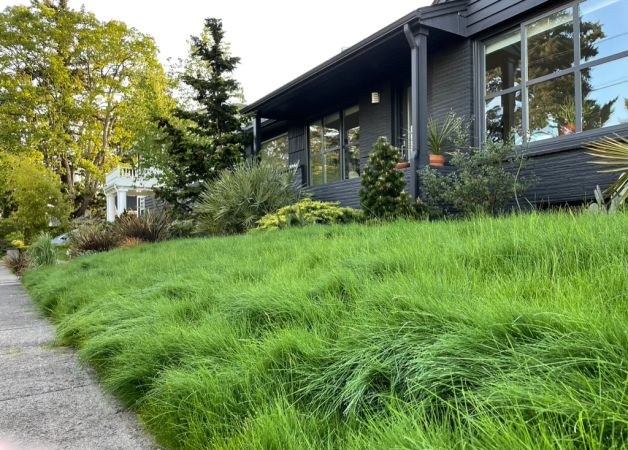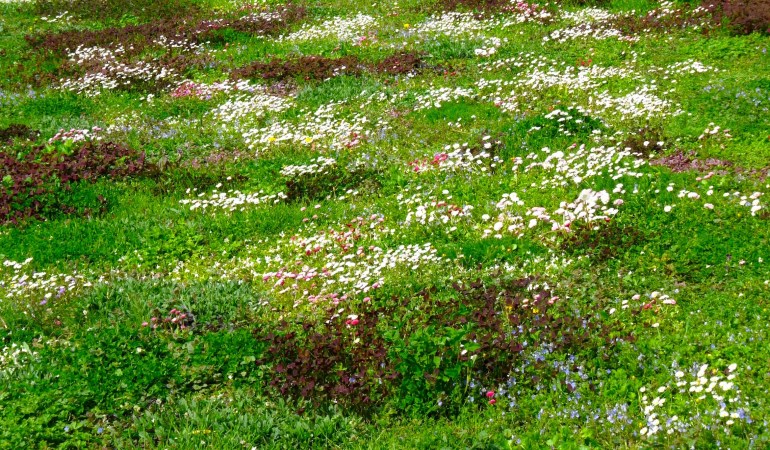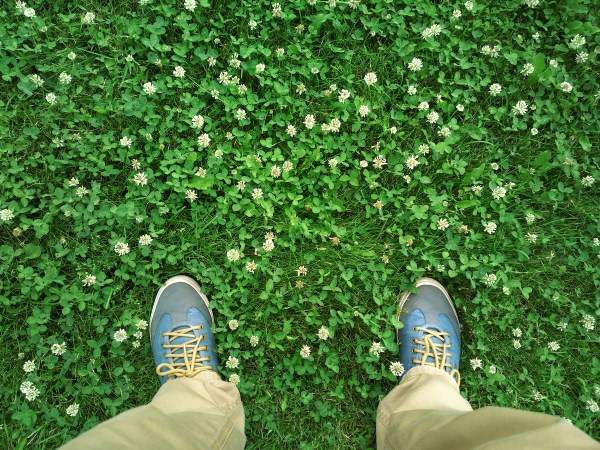We may earn revenue from the products available on this page and participate in affiliate programs. Learn More ›
America’s biodiverse meadows of days gone by slowly gave way to French- and English-style turfgrass lawns. By the late 1800s, the neatly trimmed grass lawn had become a symbol of wealth. The invention of the lawn mower and the advent of planned communities further cemented the turfgrass trend in the United States.
Manicured monoculture lawns may look nice, but they have drawbacks. A monoculture lawn “lacks the biodiversity and environmental benefits of a clover lawn,” says Tabar Gifford, a master gardener and partnership cultivator at American Meadows in Vermont. Turf-only lawns can deprive pollinators of food and habitat and require more water, maintenance, and chemical treatment than clover lawns. In fact, the benefits of a clover yard are many and varied.

DIY Lawn Care. Simplified.
Thinking about growing a clover lawn? Sunday can help. Transform your lawnBiodiversity and Local Habitat Support
A clover lawn amends soil naturally, “adding habitat and food sources for many vital pollinating insects,” says Gifford. Her colleague John Langer, business manager at American Meadows, agrees: “The small white flowers produced by a clover lawn also offer some nectar support for pollinators that a traditional turf lawn cannot provide.” With many of these pollinators experiencing dwindling numbers as a result of habitat loss and pesticide use, this habitat support can be crucial.
In addition to attracting bees and other pollinators like butterflies, some clovers are nutritious forage plants for other wildlife. Voles, moose, blue grouse, and white-tailed deer eat the protein-rich leaves, and several grouse and other birds (including robins) forage the seed.
Benefits of a Clover Lawn
Seeding a new lawn is a labor- and time-intensive endeavor, and overseeding isn’t much easier. Given the effort that goes into cultivating a lawn, it’s important to think carefully about what kind of lawn it will be.
1. Clover improves the soil.
According to Langer, “clover is a deep-rooted nitrogen fixer (it adds nitrogen back into the soil).” When clover is mixed with grass, its ability to fix nitrogen provides an important nutrient for grass seedlings. This is also a reason why clover is a common cover crop, living mulch, or green manure. You can leave the cuttings from a mowed clover lawn in place or gather them to add organic matter to a garden bed.
2. You’ll mow the lawn much less frequently—if at all.
With a clover lawn, you may need to mow “as little as once or twice a season,” says Langer, while most turfgrass lawns require weekly mowing. A white clover lawn grows only 2 to 8 inches tall, which means that not mowing is also an option—for instance, on slopes where clover is used for erosion control. “You’re creating a significantly more sustainable lawn that is also very easy to enjoy,” says Gifford. Some homeowners like to mow their clover lawn midseason to tidy it up and deadhead flowers. As well, leaving a mowed clover lawn in place 4 to 6 weeks before the first frost can help winterize your lawn.

3. Clover requires less water than traditional grass.
With the clover plant’s deep root system and its ability to fix nitrogen, clover lawns “can withstand dry spells better than grass,” says Langer. Most turfgrasses require regular and heavy watering, which can result in runoff of pesticides and other chemicals, polluting waterways and poisoning wildlife. Planting clover instead of grass results in far less time and money spent watering the lawn. When mixed with (equally drought-tolerant) turfgrass, clover provides shade to the soil, reducing water evaporation and helping grass survive periods of drought.
4. Clover lawns don’t need fertilizer.
Clover’s nitrogen-fixing ability improves soil quality. “Think of it as creating its own fertilizer,” says Gifford. Clover is a benefit to yards with poor soil, and it can grow in sandy or compacted soils as well. According to Langer, clover reduces “the amount of fertilizer and herbicides applied to a lawn,” one of its many environmental benefits. If you plant a mixed clover and grass lawn, the grass will be greener and healthier, and it won’t need fertilizing either.
5. Clover lawns can eliminate the use of herbicides and pesticides.
White clover (aka Dutch clover) as a ground cover crowds out weeds, thanks to its dense roots and fast growth, so there’s no need to use herbicides. In fact, most herbicides kill clover, so avoid them in favor of natural care. Clover forms dense clumps that spread by secondary roots and will outcompete many broadleaf weeds. Since clover also attracts beneficial insects and wildlife, avoid applying pesticides. They can be toxic to people and animals, and they can negatively impact local ecosystems and waterways.
6. Clover grows easily from affordable seeds.
White clover seed for lawns costs an average of about $10 to $13 per pound. With coverage of about ½ pound of clover seeds per 1,000 square feet, it can cost as little as $20 to seed 4,000 square feet of lawn. Since maintaining a clover lawn requires little watering, mowing, or fertilizing, clover lawn seed can be an economical option in comparison with many traditional grass varieties.
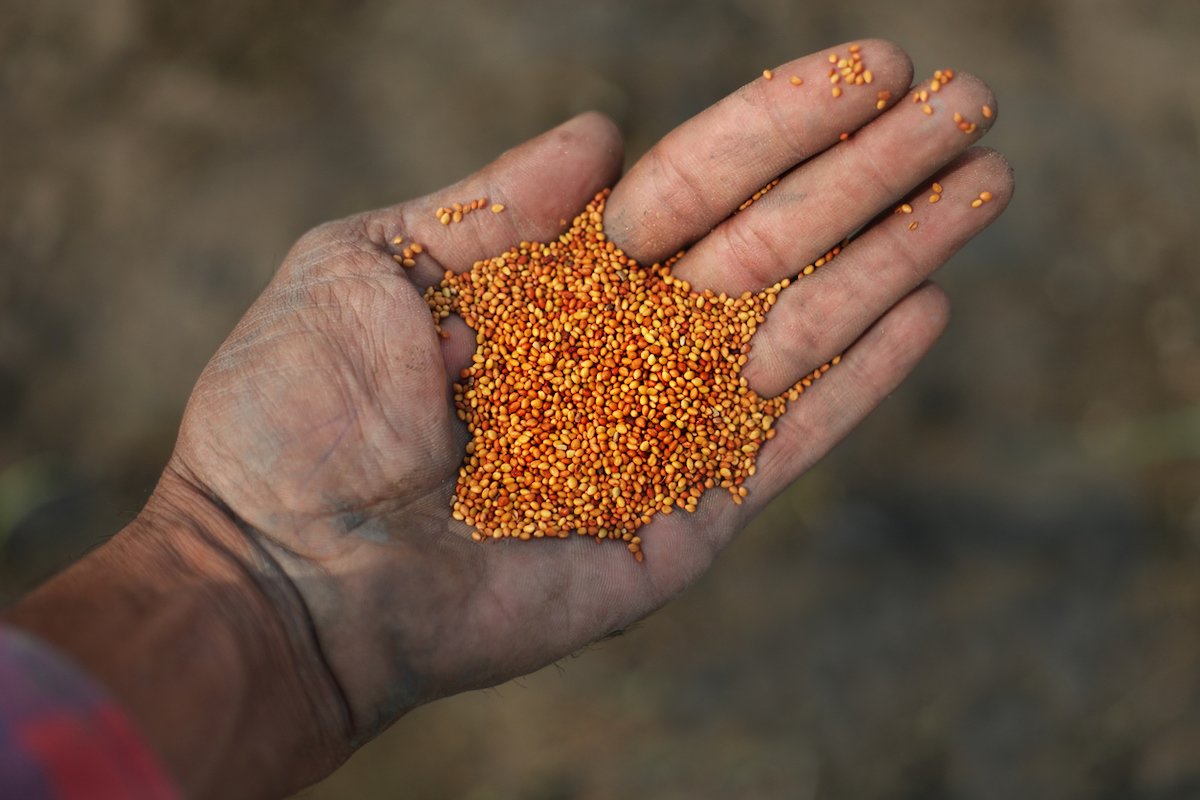
7. Clover lawns let you skip aerating.
Turf benefits from regular core aeration, which is not only time-consuming but also expensive if you hire a lawn care company. With clover, you can skip aerating the lawn. Clover not only provides nutrients for the soil but also helps it resist compaction, and the plant’s deep tap roots and fibrous roots combine to help keep soil loose and aerated. As well, decomposing clover roots leave macropores in the soil that attract earthworms, which do their part to keep the soil loose and reduce thatch buildup.
8. Clover is more shade-tolerant than many grasses.
Depending on the type, clover can thrive in full sun to partial shade, adding to the ground cover’s versatility. In contrast, many turfgrasses need full sun to thrive. In some regions, clover can be semi-evergreen. Although it is a perennial in the appropriate growing zone (ranging from USDA Zones 3 through 10), it will die back in winter.
9. Clover is a pet-friendly lawn option.
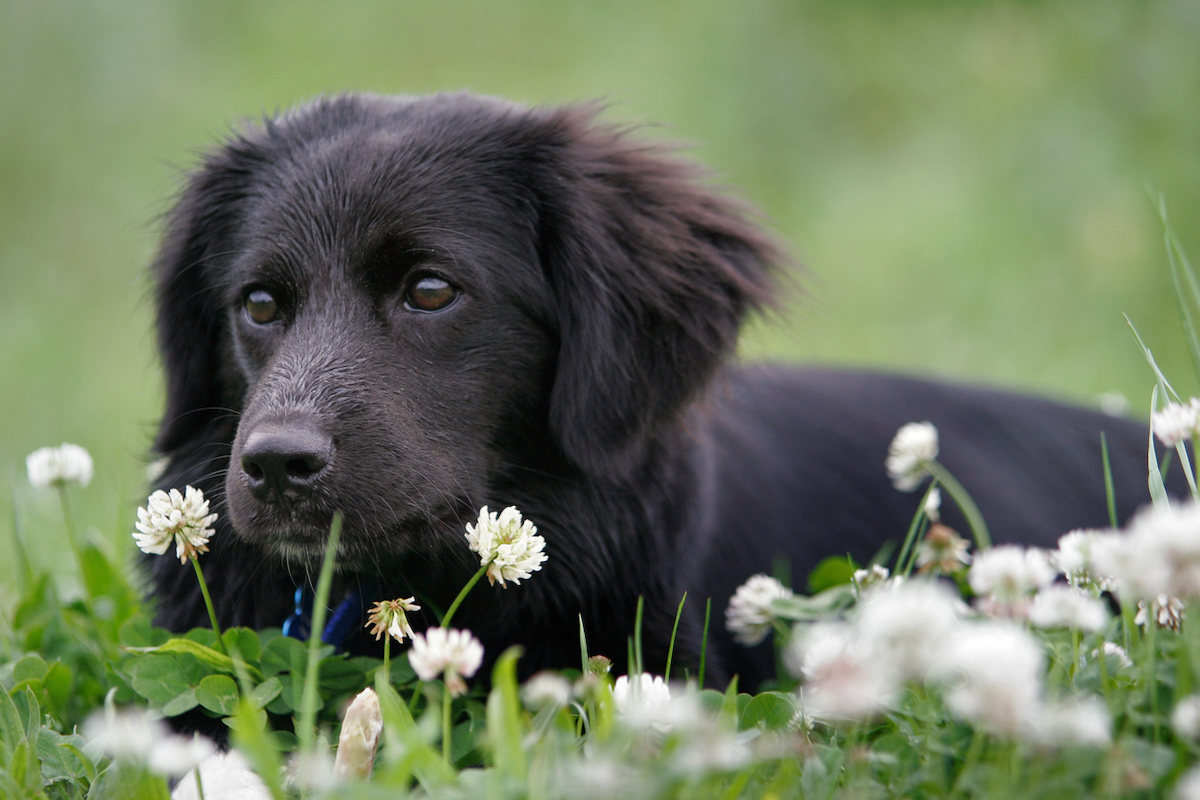
Clover is soft and cool, providing a soft “carpet” for barefoot walkers, including four-legged ones. Even more alluring is the sweet smell emanating from the flowers. “Another great reason to consider clover is that it is resistant to discoloration from dog urine, keeping ‘pet spots’ at bay,” says Langer. Dog urine can discolor most grasses, but clover can fill in bare spots. It’s also nontoxic, so no worries if dogs munch on the foliage.

DIY Lawn Care. Simplified.
Thinking about growing a clover lawn? Sunday can help. Transform your lawnDisadvantages of Clover Lawns
A clover lawn isn’t for everyone, but the benefits usually outweigh any drawbacks. For example, if children tend to walk barefoot, they could accidentally step on a bee and get stung while clover flowers are in bloom. If this is a concern, note that some types of clover produce fewer flowers.
1. In areas with heavy foot traffic, clover isn’t as durable as grass.
“One of the very few downsides of a clover lawn is that it is less tolerant of heavy foot traffic compared to turfgrass,” says Langer. For areas with heavy foot traffic he recommends “planting a mixture of clover and low-growing, fine fescue grasses.” You’ll get a more durable lawn that takes occasional heavy traffic, but retains the sustainable benefits of clover.
2. Without some maintenance, clover lawns can spread into garden areas.

Will clover take over grass? Clover can become weedy or invasive under the right conditions. If your grass is thin or brown, clover could take over those areas of your lawn—especially if they’re shady. However, because clover adds nitrogen to the soil, it’s more likely to help your grass stay healthy than to compete with it.
As a short-lived perennial, clover might require more reseeding than some turfgrasses, but its spreading nature and ability to reseed might save you from that chore.
Types of Clover for Lawns
There are many types of clover, and their foliage has a similar appearance (three small petal-shaped leaves with a white “V” or crescent). “When choosing what clover or lawn alternative to plant, first consider what your goal is for the space in question,” says Gifford. For example, you might want to reclaim or restore habitat and choose a clover that will attract more wildlife and pollinators. “Or are you simply looking for a solution to eliminate the need to mow and water your lawn?” she asks.
It’s also important to consider the growing conditions of the area. American Meadows offers guides for choosing lawn alternatives to help customers decide. Langer says that the most common lawn clovers (Trifolium repens) are “native to Europe but have naturalized across North America under a variety of conditions.” Two of the top low-maintenance clover varieties for lawns are:
Dutch White Clover
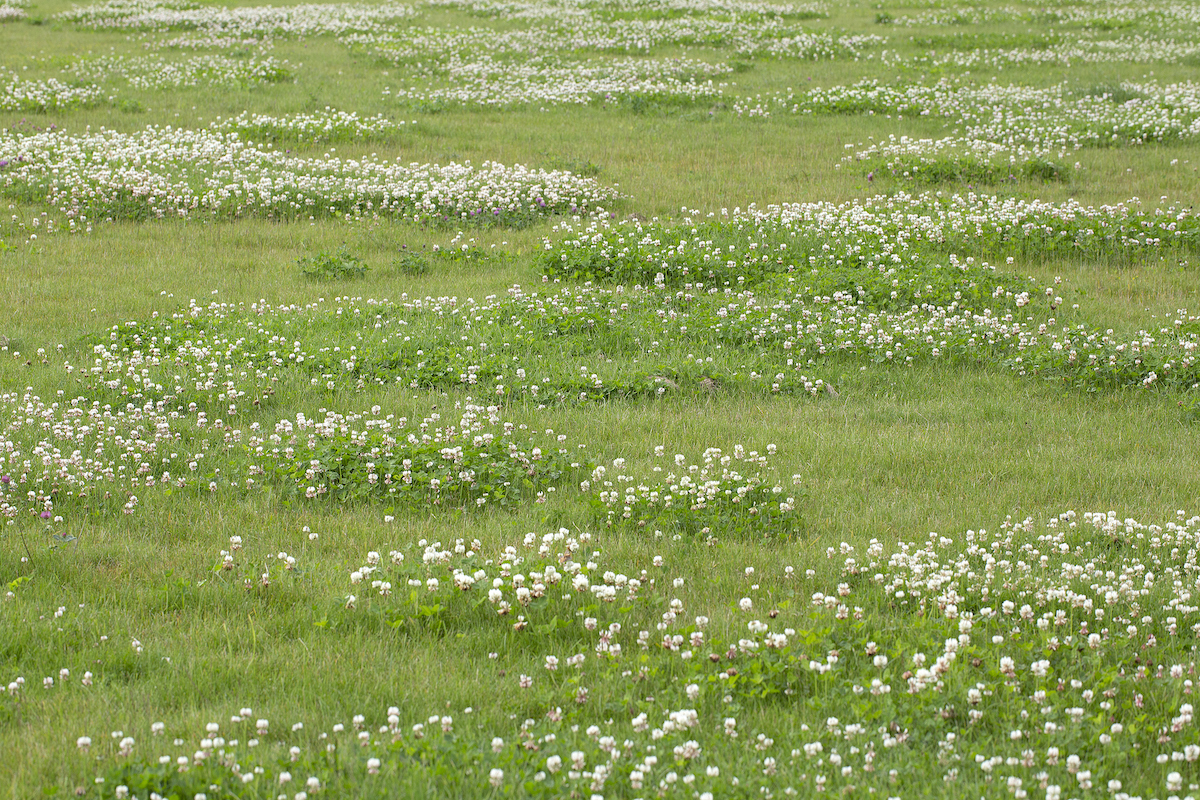
According to Langer, “Dutch white clover is the classic lawn clover. It’s affordable, versatile, and flowers beautifully.” White clover can be beneficial as a perennial cover crop or ground cover, or for erosion control in full or partial sun/shade in Zones 3 to 10. “If your goal is to create a pollinator-supporting lawn, this is a fantastic option,” says Langer.
Microclover
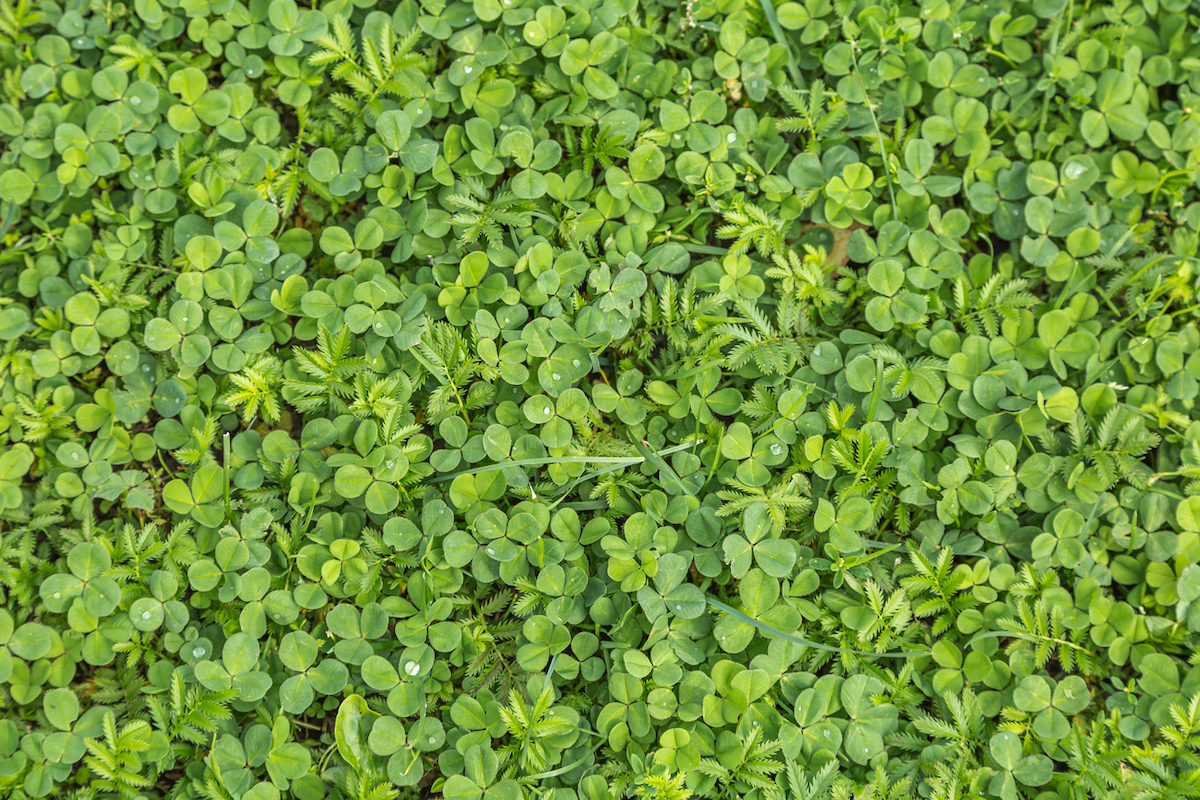
T. repens var. Pipolina, or microclover, is a more recent option. This low-grower has smaller leaves and fewer flowers than its relative, and it’s hardy in Zones 3 to 8. “This amazing little clover is soft and durable under foot, stays green from spring through fall, and is an inconspicuous, infrequent flowering variety,” says Langer. A microclover lawn “creates a dense green carpet that can look almost like a putting green when mowed,” says Langer.
How to Plant a Clover Lawn
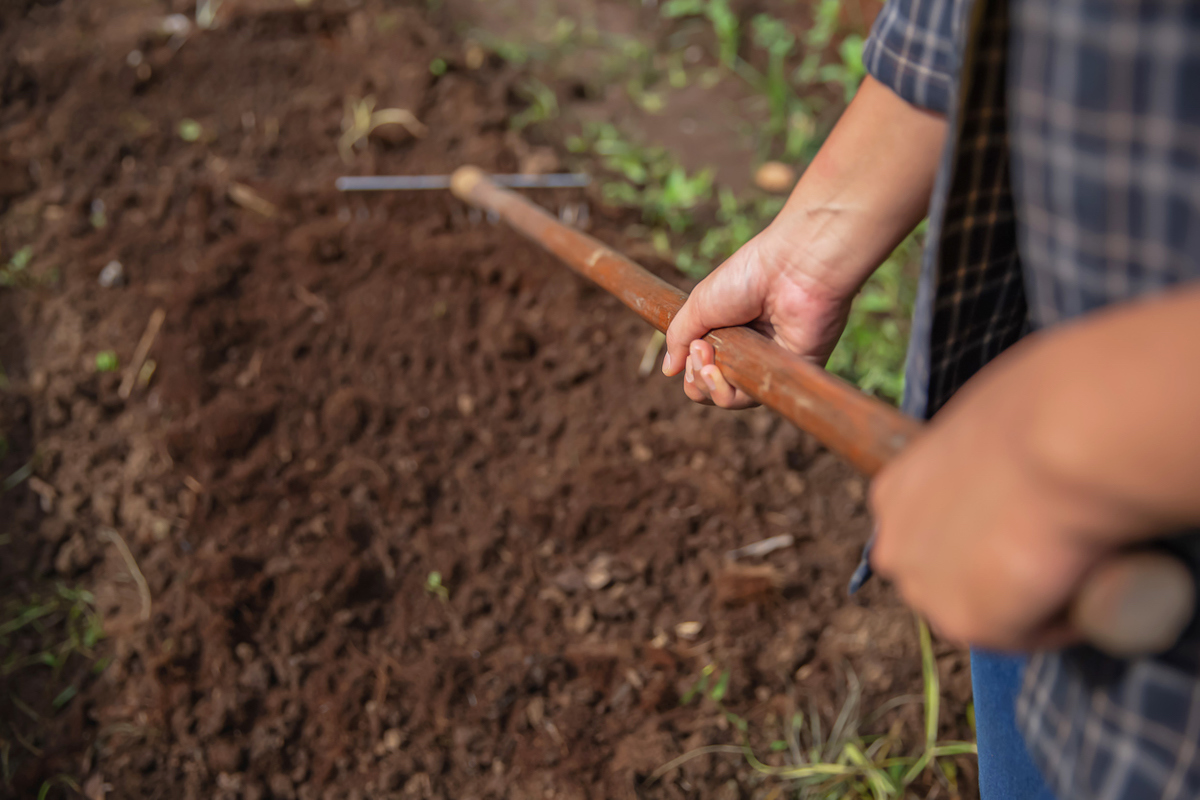
For best success, it helps to know how to plant clover. Start in early spring (mid-March to mid-April) to allow clover seed time to get established before colder fall weather arrives. Follow these simple steps for planting a clover lawn.
- If you want an all-clover yard, remove the grass (and weeds) from your lawn to eliminate competition. If you’d like a mixed lawn, seed the clover on top of the grass.
- Rake or scratch the surface of the area where you want to plant.
- Sow clover seed at roughly 6 to 8 ounces per 1,000 feet. The seeds are small, making this a somewhat challenging task, though some come coated or pelleted. For large lawns, use a broadcast seeder. Do not plant seeds any deeper than ¼ inch.
- Water lightly or mist after seeding and regularly until the clover establishes itself.
- Do not fertilize your clover lawn; it’s unnecessary.
Mixing Clover With Turfgrass
You can mix clover and turfgrass seed to receive the benefits of both. This is especially helpful in areas with high foot traffic or mixed sun exposure. Just try to match the grass and clover seed’s water and mowing requirements, along with hardiness or other growing conditions.
Langer suggests mixing clover with “drought-tolerant grasses (like fine fescues) that require less mowing than traditional turf choices” (such as Kentucky bluegrass).
If you’re planting a grass and clover lawn, try to ensure that the clover seed makes up at least 10 percent of the mix (by weight). You can also opt for a ready-made lawn mix of clover and turfgrasses that have similar requirements.

